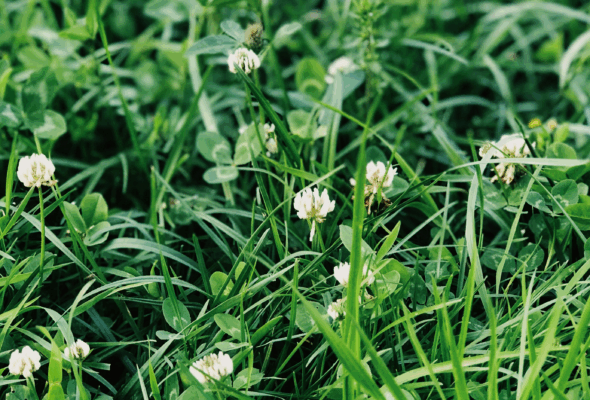
I have received a few form emails now on the topic of Community Standards and how they apply to our front lawns. I appreciate hearing from everyone who is concerned about our environment and is working on solutions that are non-traditional.
This was the content of the email:
Dear Candidates,
As you campaign for the October election, I ask: Will you commit to reforming St. Albert’s bylaws to protect sustainable landscapes like clover lawns?
Current rules punish residents for eco-yards that save water (30%+ less irrigation), support pollinators, and reduce chemical use—directly contradicting our Environmental Master Plan. Prince Edward County’s 2023 reforms show the solution: allowing naturalized front yards without height limits, exempting beneficial species like clover, and focusing enforcement on true invasives.
If elected, will you:
1. Exempt intentional eco-yards from 15cm height restrictions?
2. Permit naturalized front yards?
3. Create a “Sustainable Landscaping Permit” system?
Voters like me prioritize environmental leadership. I will support candidates who champion these science-backed reforms.
I am very much in support of eco and naturalized yards.
If elected, I commit to working toward a change in bylaws that realistically allow naturalized and non-turf solutions for front yards. The need to conserve water is more important today than a beautiful lawn. The need to ensure we have a sustainable source of pollen and nectar for the bees and other pollinators. I have a clover-seeded lawn that I am working on replacing with creeping Thyme and possibly Purslane for my ground cover. I have seeded micro clover and do not water my lawn. I water my vegetable garden only, and I am working on a sustainable, extensive rain storage system for this purpose.
Your question, as asked in this email, is not directly answerable, as one elected candidate cannot do any of the following:
- Exempt intentional eco-yards from 15cm height restrictions?
- Permit naturalized front yards?
- Create a “Sustainable Landscaping Permit” system?
I can, however, advocate for the above; I can put forward motions while working with city staff to find the best solutions. Then I can work to convince other council members to support the proposed changes.
I do not support responses from staff that say we picked a number because other communities have the same. I want to know why that number is selected. 15 centimetres is equivalent to 6 inches. If we go back to the 1950s, 1960s, and 1970s, we see pictures of people with these wonderful, manicured lawns. Times change, and so must the bylaws and rules.
A big part of the change will need to be education. Getting mad and frustrated is a natural reaction, we will need to convince our citizens, handfuls at a time, of the benefits and beauty of xeriscaping.





Glad to see people within council are aware of value “Permaculture Design Science” principals can offer to our community.
Thank you Kevin for your response – permaculture is good ecological sense, and permaculture designs are not only environmentally respectful but also beautiful.
Thank you for your thoughtful response. I’m glad to see the forward thinking on this topic. Would love to see a program put on by city, at the library, teaching us all in detail how to create and maintain sustainable yards.